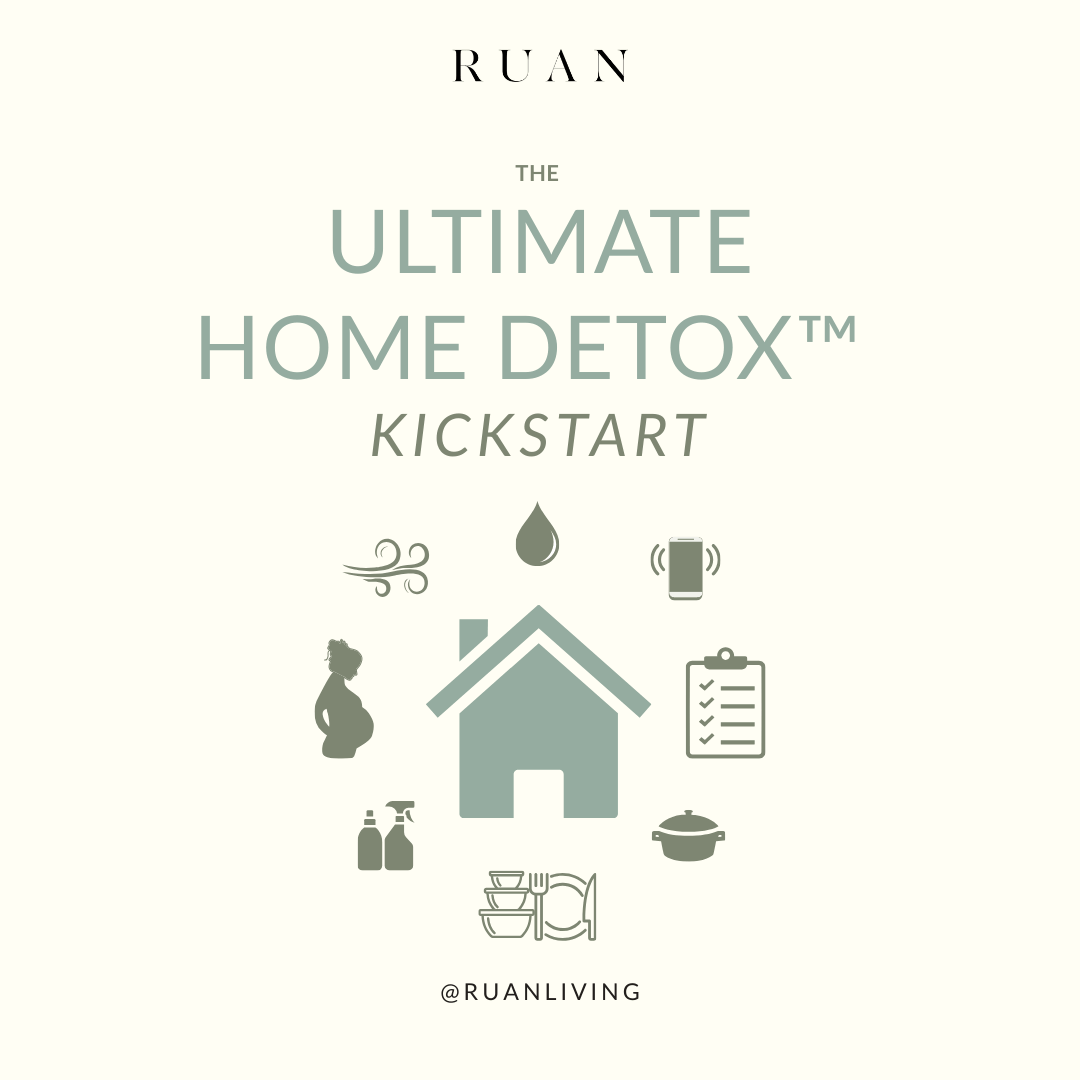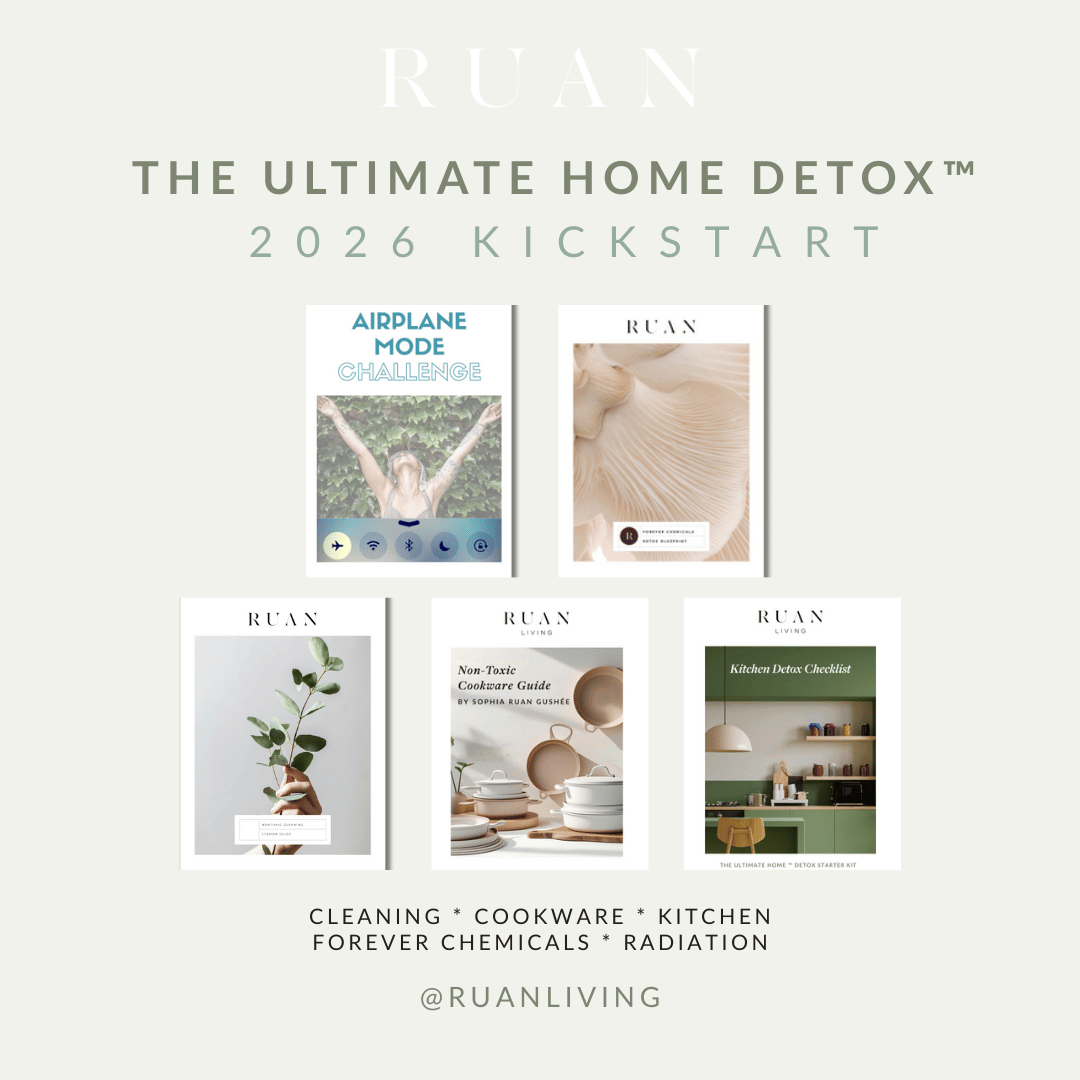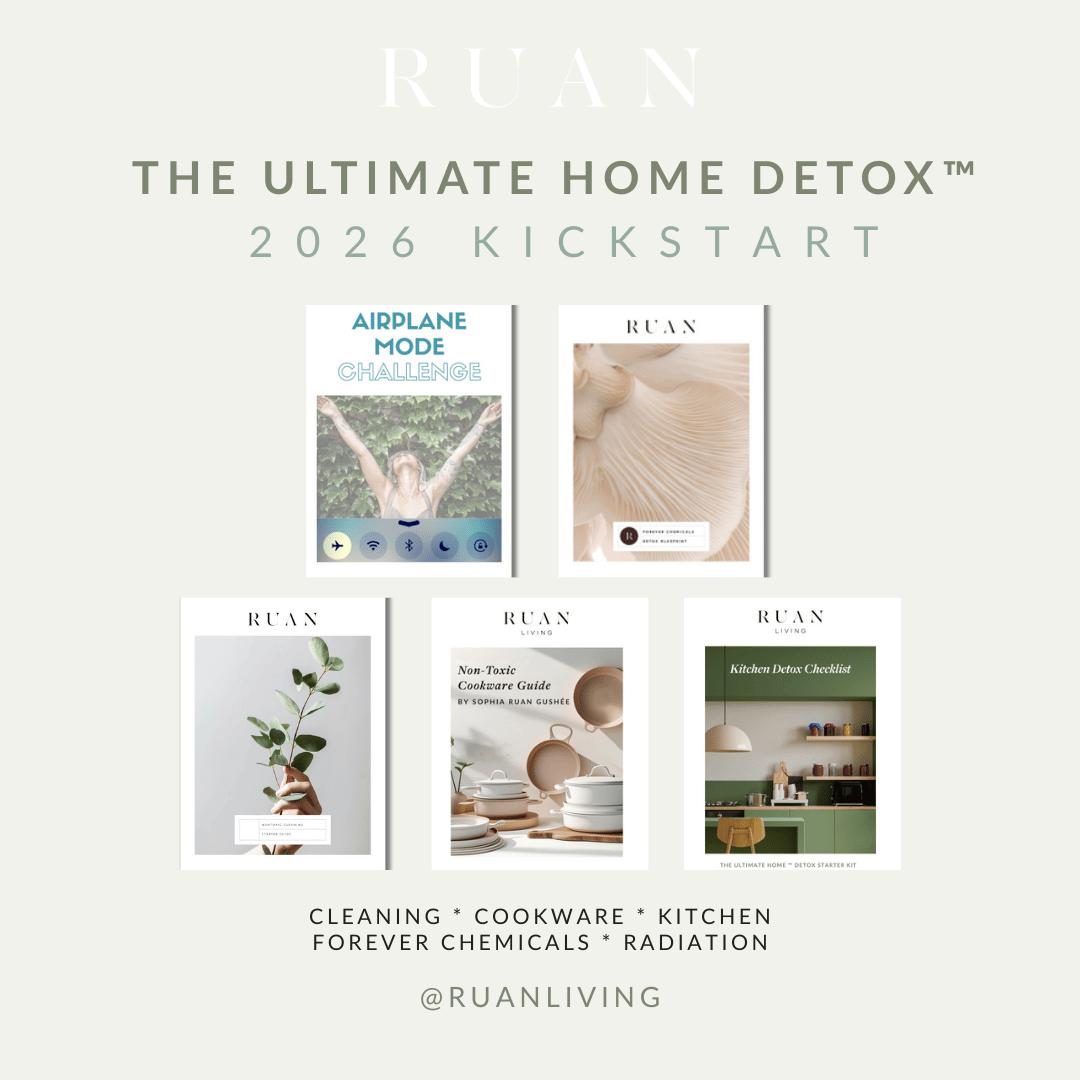
Tips to Reduce Mold Exposure at Home
Jul 07, 2018
Mold, “a fuzzy-looking growth on the surface of organic materials,” appear in different colors: grey, green, yellow, orange or various other colors. (2) If you see fuzzy growths, it might be mold.
Mold may grow in areas where there has been water damage; water increases the chance of mold growth. Common areas where mold may grow from water damage include drywall, ceilings, and wood—or areas behind those materials (like behind the drywall in the insulation).
Where does mold grow in your bedroom?
Evaluating your bedroom for mold should be top priority since we spend so many hours in our bedroom. So where should you check?
Mold grows in warm and humid conditions so moisture increases the risk of having mold. If you suspect mold in your home, check for it under carpeting, behind drywall, in the ceiling or attic above the bedroom, and on closet doors.
Bedrooms that have an attached bathroom often have warm and humid air that flows from the bathroom after a hot shower or bath, especially if the exhaust fan is not running long enough to get the moist air out. This can nurture mold.
Plumbing leaks and roof leaks are other sources of mold creation. Many times homeowners cannot see the leaks, especially if it’s a slow leak, until there is damage to the floor or drywall and mold has already occurred.
How does mold affect your health?
Links between indoor mold exposure and upper respiratory tract illness in people that are typically healthy have been found by the Institute of Medicine. (3) Symptoms associated with mold exposures are: (4)
- Nasal congestion
- Throat irritation
- Coughing or wheezing; asthma
- Eye irritation
- Obstructive lung disease
- Lung infection
Others who are sensitive or who have weakened immune systems can have more severe reactions. Parents of children with asthma should take extra precautions.
Worldwide, 11–14% of children aged 5 years and older currently report asthma symptoms and an estimated 44% of these are related to environmental exposures. Air pollution, second-hand tobacco smoke, and indoor mold and dampness make asthma more severe in children. (World Health Organization, June 2, 2018).(1)
Tips to Decrease Mold Exposure
According to the CDC, it is generally not necessary to identify the species of mold growing indoors, and the CDC does not recommend routine sampling for molds. If you are vulnerable to mold and can see or smell it, arrange for its responsible removal. If you or someone you live with may have a respiratory tract illness, consider hiring a professional to test your indoor air quality for mold in your bedrooms and home.
The CDC lists the tips below to help reduce mold exposure from indoors. (5)
- Keep humidity levels as low as you can—no higher than 50%–all day long. Since humidity levels change throughout the day with changes in the moisture in the air and the air temperature, you should check the humidity levels throughout the day.
- Use an air conditioner or a dehumidifier during humid months. They can help control humidity levels.
- Be sure the home has adequate ventilation, including exhaust fans. And use them when people shower and bathe.
- Add mold inhibitors to paints before application.
- Clean bathrooms with mold killing products.
- Avoid carpets in bathrooms and basements.
- Remove or replace previously soaked carpets and upholstery.
References
(2) North Carolina Public Health
(3)(4) Center for Disease Control
(5) Center for Disease Control



